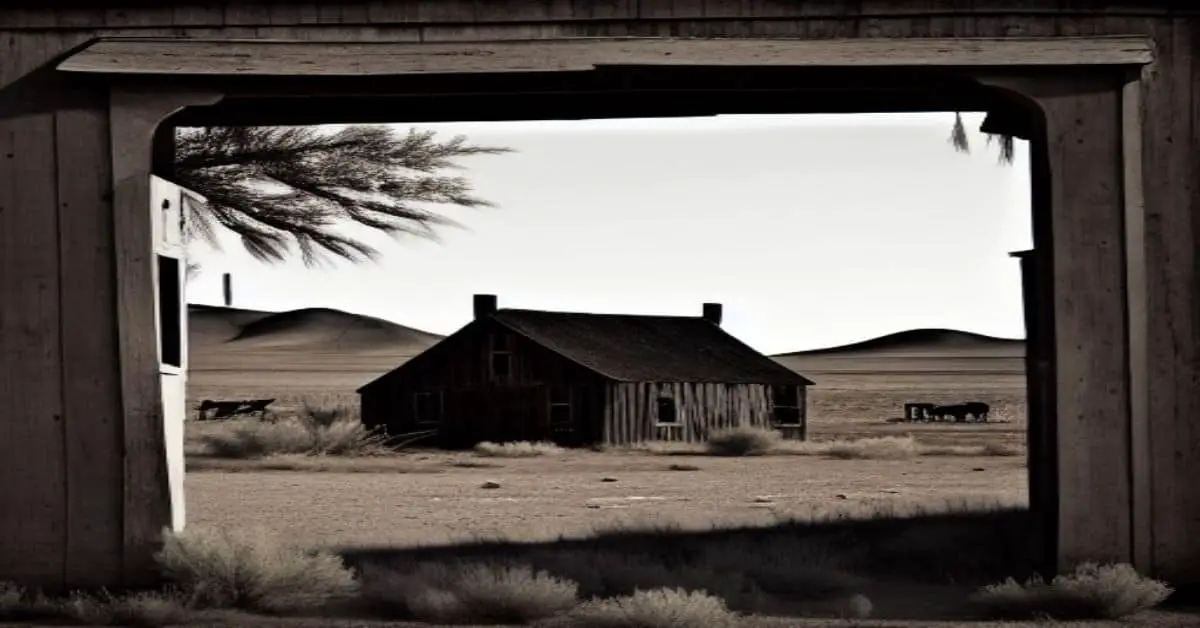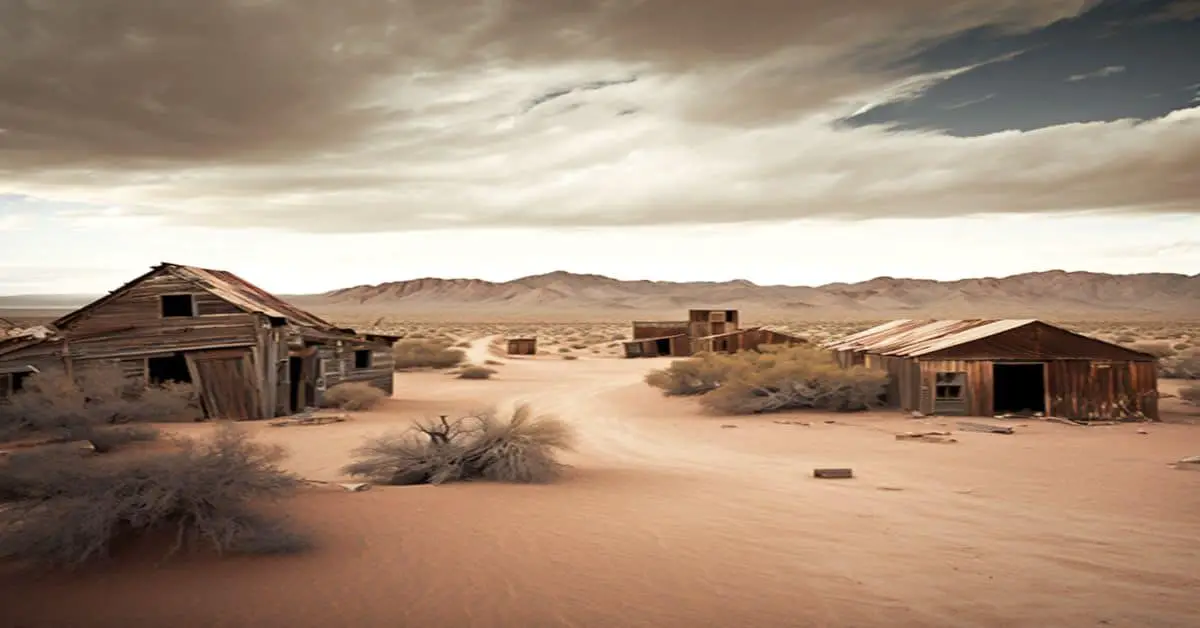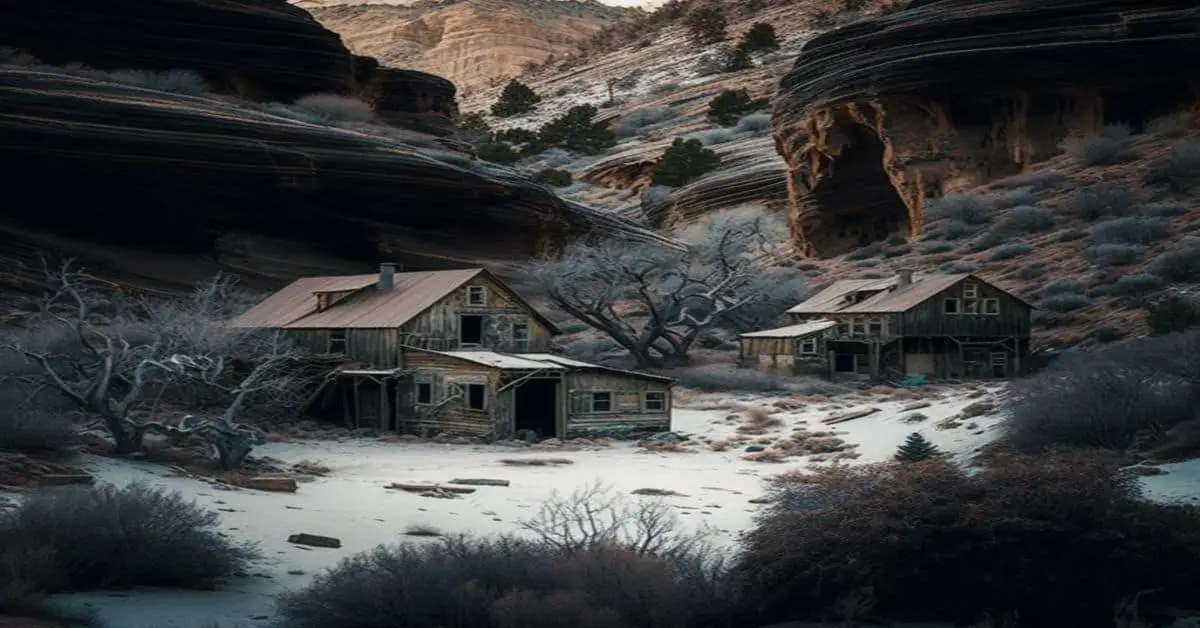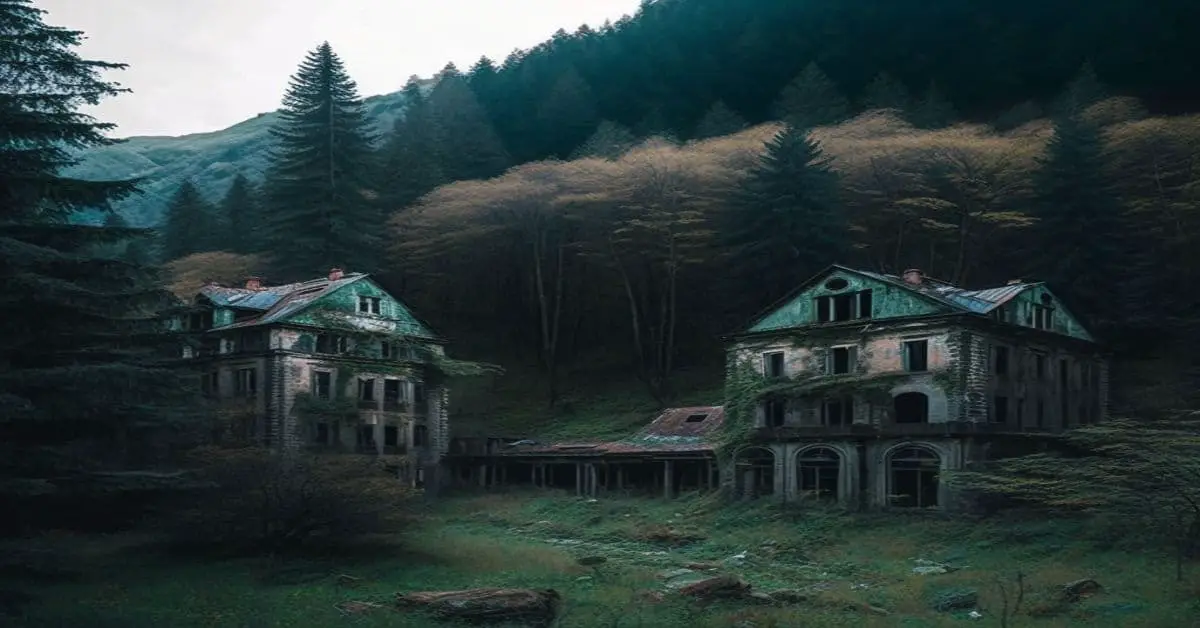North Bloomfield, California: A Glimpse into a Historic Ghost Town
Once a bustling gold mining town, North Bloomfield, California now stands as a fascinating ghost town where visitors can explore the remnants of a bygone era. Located in the heart of Malakoff Diggins State Park, this historic town offers a unique insight into the California Gold Rush and the hydraulic mining techniques that were once used to extract gold from the surrounding hills.
In this comprehensive guide, we will delve into the rich history of North Bloomfield, California, and explore the various facets of this intriguing ghost town.
Introduction
The story of North Bloomfield, California begins with the discovery of gold in the region by three prospectors in 1851. This discovery established a mining camp, which would later evolve into a thriving town as hydraulic mining techniques were introduced.
Today, visitors can explore the remnants of this once-prosperous town, which has been preserved as part of Malakoff Diggins State Park. From the original buildings that still line North Bloomfield Road to the old mining equipment that can be seen scattered throughout the area, this ghost town offers a fascinating glimpse into the past.
The History of North Bloomfield
North Bloomfield’s history dates back to the early days of the California Gold Rush, when three gold prospectors discovered a rich gravel deposit in a nearby stream. As news of their find spread, other miners flocked to the area, and the “Humbug City” mining camp was established.
The name “Humbug” was derived from the miners’ disappointment when they failed to find their fortunes in the area.
Over the next few years, the population of Humbug City continued to grow as more miners arrived and hydraulic mining techniques were introduced. By 1857, the town had grown to over 400 residents, and the name was changed to North Bloomfield, California, in order to establish a post office.
At its peak, the town boasted a population of nearly 1,500 people, and served as a supply base for the surrounding mining towns of Relief Hill, Lake City, Derbec, and North Columbia.
The Rise of Hydraulic Mining
Hydraulic mining was a revolutionary technique that allowed miners to extract gold from the surrounding hillsides more efficiently than traditional methods. This process involved using high-pressure water jets to dislodge rock material and move sediment, which would then be processed to separate the gold from the debris.
The water for these operations was sourced from dams built high in the mountains, and transported to the mining sites through a network of flumes and ditches.
The introduction of hydraulic mining in North Bloomfield led to a boom in the town’s population and an expansion of its infrastructure and services.
By the late 1860s, the town was home to five hotels, eight saloons, two livery stables, two dry goods stores, two breweries, and numerous other businesses, including a school, a barbershop, a drugstore, a butcher, and a baker.
The Heyday of North Bloomfield
From the late 1860s to 1884, North Bloomfield experienced its most prosperous period, with the town serving as a vital hub for the surrounding mining communities. The hydraulic mining operations in the area, particularly those of the North Bloomfield Gravel Mining Company, were responsible for the town’s success during this time.
The company employed hundreds of Chinese and white miners and operated one of the largest hydraulic mines in California.
However, the environmental impact of hydraulic mining soon became a major concern, as the debris and sediment generated by the process led to widespread flooding and damage to farmland downstream.
In 1884, the landmark Sawyer Decision was handed down, effectively banning hydraulic mining in California due to its harmful environmental effects.
The Decline and Fall of North Bloomfield
The ban on hydraulic mining devastated North Bloomfield, as the town’s main source of income and employment was effectively cut off. The mining companies that had invested millions of dollars into hydraulic mining operations in the area soon folded, and many miners and their families were forced to leave North Bloomfield for work elsewhere.
As the population dwindled and businesses closed, the town slowly slipped into obscurity, eventually becoming a ghost town.
Despite the decline of North Bloomfield, some residents continued to live in the town and maintain its remaining buildings. Today, the town’s historic structures have been preserved as part of Malakoff Diggins State Park, offering visitors a unique opportunity to explore the history and legacy of this once-thriving mining community.
North Bloomfield Today
Visitors to Malakoff Diggins State Park can explore the original historic buildings that still line North Bloomfield Road, many of which have been restored or reconstructed to reflect their appearance during the town’s heyday.
Guided tours of these buildings are offered during the summer months and on weekends during the winter, providing fascinating insights into the lives of the people who once called North Bloomfield home.
As you walk the streets of this ghost town, you’ll encounter old hydraulic monitors (water cannons) and other mining equipment that serve as a testament to the town’s mining history. While residents still occupy some of the historic homes in North Bloomfield, it’s important to respect their privacy and refrain from trespassing on private property.
Exploring the Ghost Town
Town Tours
During the summer months, and on weekends during the off-season, guided town tours are offered at North Bloomfield, providing visitors with an in-depth look at the town’s history and its people.
These tours cover the various buildings that make up the town, including the Skidmore House, the E Clampus Vitus Building, the McKillicam & Mobley General Store, and St. Columncille’s Catholic Church.
Throughout the tour, you’ll learn about the history of hydraulic mining, the lives of the miners and their families, and the impact of the Sawyer Decision on the town’s fortunes.
Hiking Trails
In addition to exploring the town itself, visitors to Malakoff Diggins State Park can also enjoy a variety of hiking trails that showcase the natural beauty of the surrounding area.
These trails offer a range of difficulty levels and lengths, making them suitable for hikers of all skill levels. Some of the trails lead to scenic overlooks, offering stunning views of the park’s rugged landscape and the remnants of its mining past.
The Legacy of the California Gold Rush
The California Gold Rush profoundly impacted the development of the state and the nation as a whole. The influx of miners and settlers to California during this period led to a rapid increase in the state’s population and the establishment of numerous towns and cities across the region.
The legacy of the Gold Rush can still be seen today in the many historic sites and ghost towns that dot the California landscape, including North Bloomfield.
To learn more about the California Gold Rush and its lasting impact, visitors can explore a variety of resources, including the California Gold Rush website and the Where to Find Gold in California guide, which offers insights into the locations and mining districts that played a significant role in the state’s gold mining history.
Nearby Attractions and Activities
North Bloomfield’s location within the Sierra Nevada region of California makes it an ideal base for exploring various nearby attractions and activities. Some of the most popular destinations in the area include:
- Nevada City: Located just a short drive from North Bloomfield, this charming town offers a wealth of historical sites and attractions, including the Nevada Theatre, the Firehouse No. 1 Museum, and the Miners Foundry Cultural Center.
- Grass Valley: Another nearby town with a rich mining history, Grass Valley is home to the Empire Mine State Historic Park, which showcases one of the oldest and largest gold mines in California.
- Auburn: Situated along Route 49, Auburn boasts a number of historical sites, including the Placer County Courthouse and the Old Town Auburn district, which features a variety of shops, restaurants, and galleries housed in restored Gold Rush-era buildings.
Visiting North Bloomfield California Ghost Town
If you’re planning a trip to North Bloomfield California, there are several factors to consider, including the best time to visit, accommodation options, and transportation.
Best Time to Visit
While North Bloomfield, California can be visited year-round, the ideal time to explore the town and its surrounding attractions is during the summer, when guided tours of the town’s historic buildings are available and the weather is generally more pleasant for outdoor activities.
Accommodation Options
While no accommodations are directly within North Bloomfield, visitors can choose from various lodging options in nearby towns such as Nevada City, Grass Valley, and Auburn.
These towns offer a range of accommodations, including hotels, bed and breakfasts, and vacation rentals, ensuring that travelers can find the perfect place to stay during their visit to the region.
Transportation
North Bloomfield California is best accessed by car, as public transportation options in the region are limited. The town is located approximately 10 miles northeast of Nevada City, and can be reached via North Bloomfield Road.
It’s worth noting that some portions of the road leading to the town may be closed during the winter months due to snow, so it is important to check road conditions before embarking on your journey.



